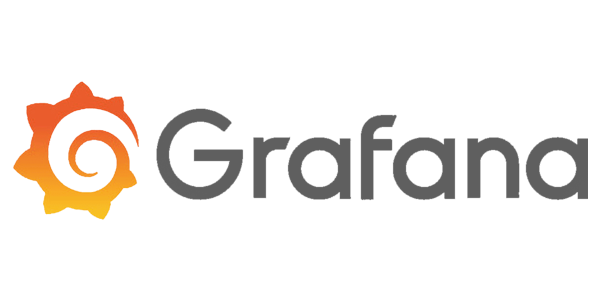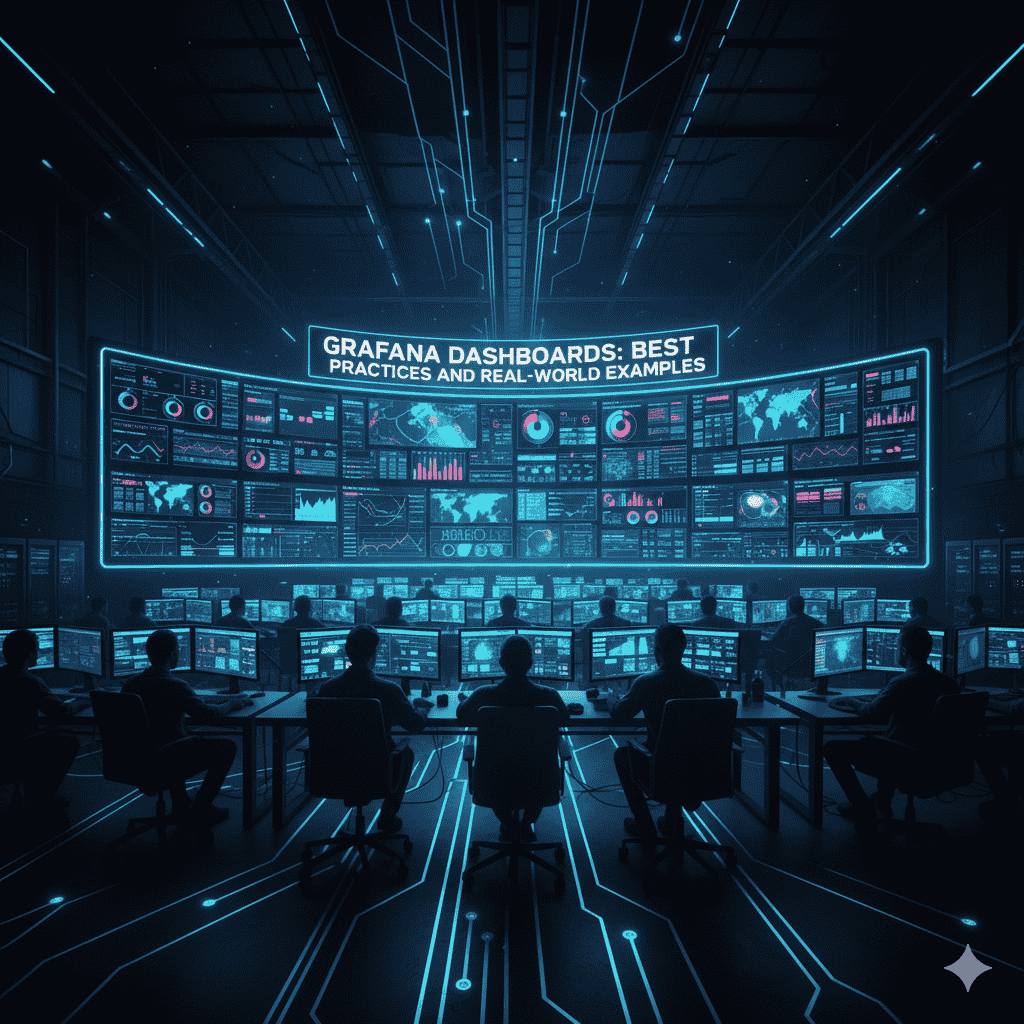Observability with Grafana: A Complete Guide for DevOps
Learn how to implement modern observability with Grafana. Discover practical steps for instrumenting applications, integrating logs, metrics, and traces, and automating dashboards for scalable monitoring.

Introduction
Modern observability is a critical capability for DevOps engineers and SREs who need to ensure reliability, performance, and rapid troubleshooting in complex distributed systems. Grafana stands out as a leading open-source observability platform that brings together metrics, logs, and traces, offering a unified view and advanced analytics for cloud-native and hybrid environments. This guide explores how to build robust observability with Grafana, from instrumentation to automation, with practical examples for immediate implementation.
What Is Observability?
Observability is the practice of collecting, correlating, and analyzing telemetry data—metrics, logs, and traces—to understand your system’s state and behavior. Unlike traditional monitoring, observability enables proactive detection of issues and root cause analysis, especially in microservices and distributed systems.
Why Grafana for Observability?
- Multi-source integration: Natively supports Prometheus, Loki, Tempo, Jaeger, Elasticsearch, and more.
- Rich visualization: Interactive dashboards, alerting, and query capabilities.
- Scalability: Suitable for both single-node and global-scale deployments.
- Observability as Code: Automate and version dashboards and workflows.
Core Components of Observability in Grafana
- Metrics: Quantitative data from Prometheus or Graphite (e.g., CPU, latency).
- Logs: System and application logs via Loki or Elasticsearch.
- Traces: Distributed tracing with Tempo or Jaeger for end-to-end request visibility.
Instrumenting Your Applications
To make your system observable, you must instrument your applications to emit telemetry data. Grafana recommends using OpenTelemetry for tracing and metrics, with support for popular languages such as Java, .NET, and JavaScript. For network-level observability, Grafana Beyla offers eBPF-based instrumentation with zero code changes.
Example: Java Application Instrumentation with OpenTelemetry
# Add OpenTelemetry Java agent to your JVM startup
java -javaagent:opentelemetry-javaagent.jar \
-Dotel.exporter.otlp.endpoint="http://alloy:4317" \
-Dotel.resource.attributes="service.name=my-service" \
-jar app.jar
This configuration sends traces and metrics to a local Grafana Alloy or OpenTelemetry Collector, which forwards data to Grafana Cloud or your on-prem stack.
Setting Up Grafana Alloy (OpenTelemetry Collector)
Grafana Alloy acts as a collector, processor, and exporter for telemetry data. Configure it to receive data from your instrumented applications and export to Grafana:
receivers:
otlp:
protocols:
grpc:
http:
exporters:
otlp:
endpoint: "your-grafana-cloud-endpoint:4317"
service:
pipelines:
traces:
receivers: [otlp]
exporters: [otlp]
metrics:
receivers: [otlp]
exporters: [otlp]
This YAML snippet configures Alloy to receive OTLP data and send it to your Grafana instance.
Centralized Observability Dashboards
Once data is flowing, create dashboards in Grafana to visualize and correlate telemetry. For example, you can build a service overview dashboard combining CPU usage from Prometheus, request traces from Tempo, and error logs from Loki.
Provisioning Dashboards as Code
With Observability as Code, you can version and automate dashboard creation. Define dashboards in JSON and use the Grafana API or CLI to manage them programmatically:
{
"dashboard": {
"title": "Service Health",
"panels": [
{
"type": "graph",
"title": "Request Duration",
"targets": [
{ "expr": "histogram_quantile(0.95, sum(rate(http_request_duration_seconds_bucket[5m])) by (le))" }
]
}
]
},
"folderId": 0,
"overwrite": true
}Use the grafana-cli or tools like grafanactl to automate dashboard deployment as part of CI/CD workflows.
Frontend and Real User Monitoring
Grafana also supports frontend observability using the Faro Web SDK for Real User Monitoring (RUM). Instrument your web app with a simple snippet:
<script src="https://unpkg.com/@grafana/faro-web-sdk/dist/faro-web-sdk.umd.js"></script>
<script>
window.Faro.init({
url: 'https://your-grafana-cloud-endpoint',
app: { name: 'frontend-app' }
});
</script>
This collects frontend performance, errors, and user sessions, visualized in Grafana’s Frontend Observability dashboards.
Best Practices for Observability at Scale
- Consistent labeling: Use standard labels and resource attributes for all telemetry to enable reliable querying and alerting.
- Automate configuration: Leverage Observability as Code to avoid manual drift and ensure reproducibility.
- Alert on SLOs: Set up Service Level Objective dashboards and alerts to catch issues before they impact users.
- Correlate signals: Use Grafana’s Explore and dashboard linking to pivot between metrics, logs, and traces for fast root cause analysis.
Conclusion
Grafana provides a powerful, extensible platform for building end-to-end observability, enabling faster troubleshooting, better reliability, and continuous improvement for modern cloud-native systems. By instrumenting your stack, centralizing telemetry, and automating dashboards, you empower your teams to deliver resilient, observable applications at any scale.




